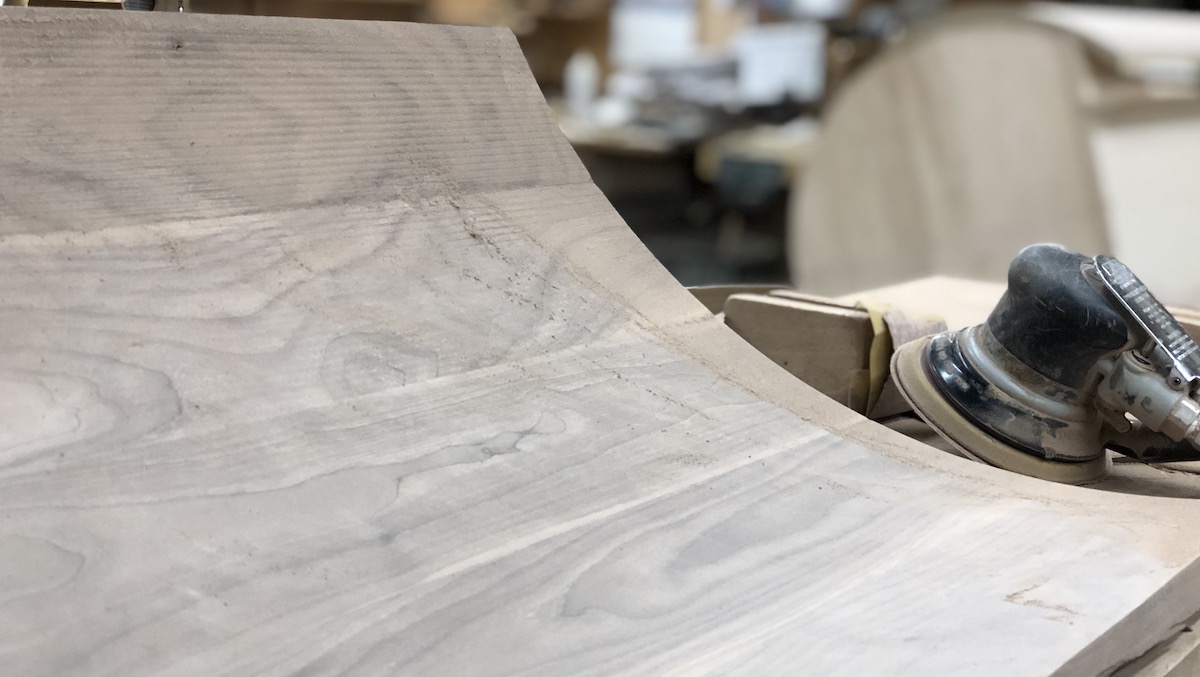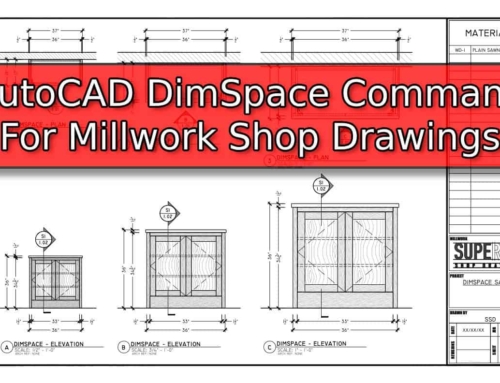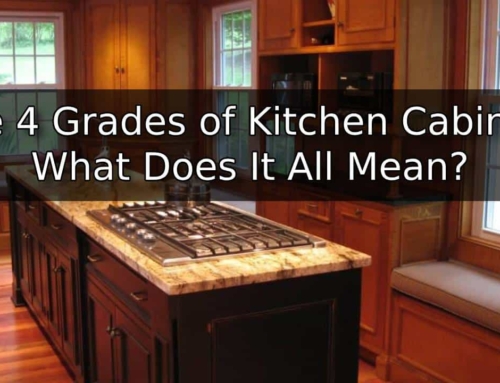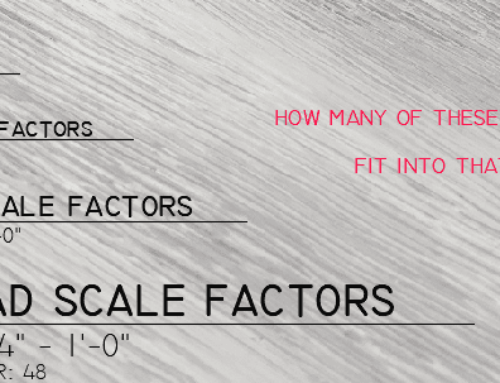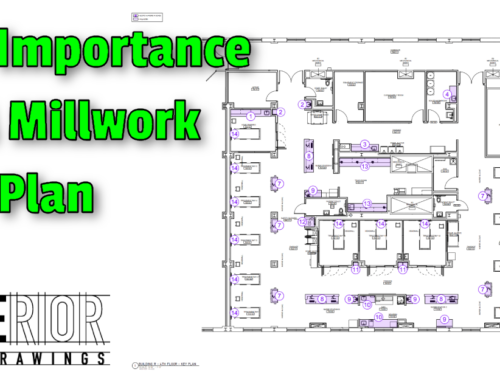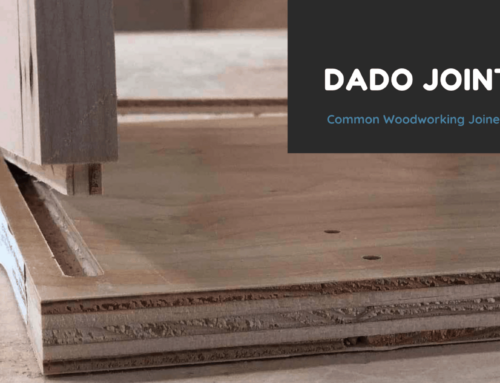Have you ever looked at a piece of curved furniture and wondered how it was made? Chances are good that if the piece is made from Solid Wood, you’re looking at a Coopered Panel.
A Coopered Panel (or Coopered Door) is a piece of Woodwork that is made by gluing up a series of smaller pieces – much like a Wine or Whisky Barrel. Each board is mitered so that the curve is actually a series of segmented parts. The radius is then Machined, Hand-Planed, or Sanded to final shape.
My Experience with Curved Woodwork
In my High School days, I knew early on that I wanted to be a Cabinetmaker. It only seemed natural to sign up for the Cabinetmaking Program at my local Vocational School. I spent half my days in a traditional classroom and the other half in a Woodshop learning the trade.
My particular Vocational School had a program where we worked on Student Built Homes. Each trade within the school did their part to build the house. It was an excellent hands-on learning experience.
The Cabinetmaking Program was responsible for building the Kitchen Cabinets as well as the Laundry Room and Bathroom Vanities. Each year the AM and PM Classes traded off responsibilities. During my Junior Year, my class was responsible for the Laundry Room and Bathroom Vanities.
We were an eager group and wanted to do something more elaborate than straightforward cabinets. We decided to make a Radius Drawer Bank in the Master Bathroom. Not having a clue where to begin, our instructor stepped in and explained to us what Kerfed Panels and Coopered Panels were.
We wound up making Kerfed Drawer Fronts but the concept of a Coopered Panel stuck with me. It wasn’t until many years later that I finally had the opportunity to design a Coopered Raised Panel Door.
Laying out a Coopered Panel
Recently, Steve wrote a comprehensive article on how he made a Radius Raised Panel Door using a CNC and 3D Machining. In this artile I thought we would take a closer look at how the panel is actually laid out and Shop Drawings are produced.
The first step in the process is laying out the actual panel in Full Scale. This will give us a clear view of the panel dimensions and radius that we’re working with. For the purpose of this article we’ll assume that our panel is going to have a 20″ Radius and be roughly 18″ Wide.

Once we have the actual panel shape drawn, we need to increase its size to that it fits within straight segments. This portion is trial and error and you may require you to try various sizes of segments until you find something workable.
In this case I am going to offset both sides of my radius by 1/16″. I’ll then divide this enlarged radius by the number of panels I want to try – in this example I’m doing the Coopered Panel in four segments. Once divided, I’ll draw lines from my nodes back to the center of the radius. Now it is just a matter of connecting the dots to represent my segmented panels
It doesn’t take long for me to realize that four panels isn’t going to work unless I make them unnecessarily thick. I try again with six segments and determine that this orientation will work. The key thing to remember here is that the closer the segment is to the radius, the less material that will need to be removed later.

Assembling your Coopered Panel
Now that our pieces are laid out, we can begin generating a cutlist so that the Wood Shop can make the parts and begin assembling the Coopered Panel. Gluing up the actual panel can be a little tricky and it is recommended that you make a form to clamp to – again, this is something that Steve did a wonderful job detailing in his article on making a Radius Raised Panel Door.
Once your Coopered Panel has been glued up, it must now be machined to final shape. This can be done with a CNC Router, Hand-Planes (you’ll need a round-bottom plan for the inside face), or by Sanding. I have come across a really cool video on YouTube of how to Plane your Coopered Panel. It has been embedded below.
Creating Shop Drawings for a Coopered Panel may seem intimidating. It is our hope that this simple article takes away some of the mystery and makes you more confident in laying out a Coopered Panel for your project.

- Millwork Shop Drawings: Training Survey - May 5, 2024
- Optimize Your Shop Drawings: Exploring the Power of theAutoCAD DimSpace Command - December 5, 2023
- The 4 Grades of Kitchen Cabinets: What Does It All Mean? - November 28, 2023
